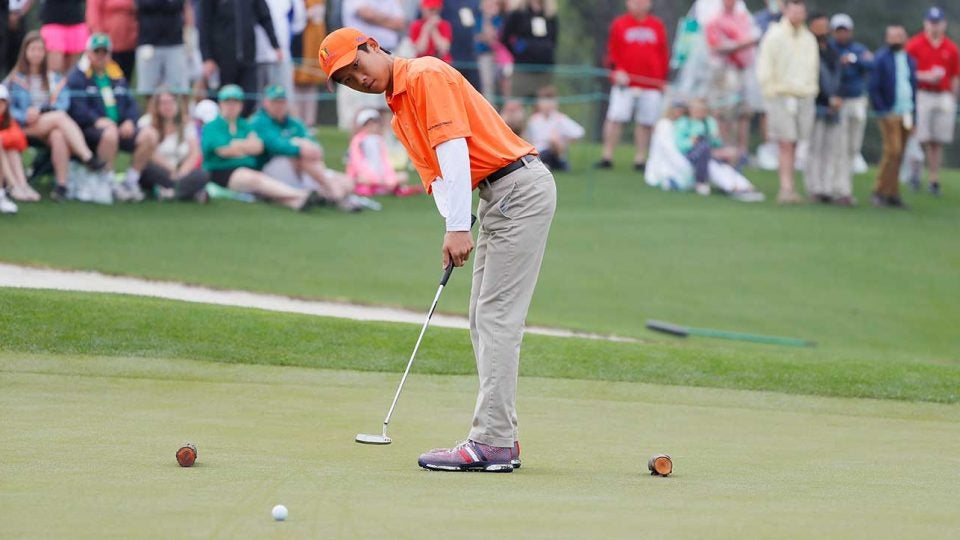 2024 Wells Fargo Championship odds: Last week’s winner is this week’s long shot
2024 Wells Fargo Championship odds: Last week’s winner is this week’s long shot
Study reveals participation in golf is up for the first time in more than a decade

The annual National Golf Foundation participation survey is out for 2018, and it revealed some encouraging trends regarding the game’s growth.
For one, the number of people ages 6-and-up who played at least one round of golf last year increased modestly to 24.2 million from 23.8 million in 2017. That may seem like an inconsequential difference — and it is within the margin of error — but it’s the first measured increase in that category in 14 years.
ADVERTISEMENT
There are, of course, far more avenues to “participate” in golf today than ever before, even for those not seeking to spend four hours playing 18 at their local muni. The survey reflects that. Participation at “off-course” venues (Topgolf, driving ranges, simulators, etc.) saw a precipitous rise in 2018, increasing by 10 percent from the year prior. Topgolf has over 60 locations nationally and continues to grow, but the majority of off-course participation still occurs at driving ranges. The NGF only began including “off-course” participation as a means of measuring the increasing prevalence of non-traditional golf interest.
Demographically, the sport still faces many of the same challenges. The “average golfer” — as NGF describes it — is a 46-year-old male with a household income of more than 100,000. He plays approximately 18 rounds per year.
Still, there are subtle hints those who take an interest in the game might be evolving. Female participation continues to increase, as women account for 36 percent of junior golfers, more than double the number it was 20 years ago (15 percent). Similarly, the study notes those who are non-caucasian comprise almost 25 percent of juniors, up from just six percent 20 years ago.
On a macro level, the obstacles are nothing new. The game will still need to strive to appeal to a larger demographic and continue to evolve in order to appease younger people. Roughly 4.2 million “Baby Boomers” played golf in 2018, up from 3.6 million in 2017. And 15 percent of “beginners” were over the age of 50 last year. These two metrics, contrasted with the relative stagnation of youth interest broadly, speak to the continual challenge the sport seeks to face.
The increasing prevalence of “off-course” interest — where 44 percent of participants come from the 18-34 age group — might offer a glimmer of light at the end of the tunnel.
ADVERTISEMENT






